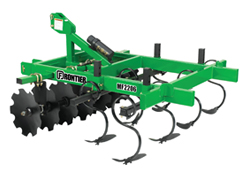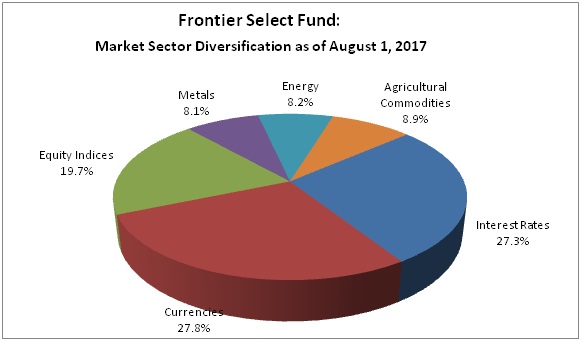

The University of São Paulo’s Center for Advanced Studies on Applied Economics estimated that when activities such as processing and distribution are included, Brazil’s agriculture and food sector accounts for 29 percent of the country’s GDP, valued at $1.8 trillion in 2021. In 2021, crop and livestock production accounted for 8 percent of Brazil’s Gross Domestic Product (GDP).


Other factors include export-oriented macroeconomic policies, extended periods of depreciation for Brazil’s currency (the real), crop-specific agricultural policy incentives, improved sanitary controls, acquisition of foreign competitors, and a growing multinational presence and foreign investment in the country. Most important, Brazil’s ability to harvest two to three crops a year in the same plot of land makes it unique compared with other grain and soybean-producing countries. Brazil now exports major agricultural commodities and food products to 222 countries and territories and is the world’s third largest exporter of agricultural products, behind the European Union (EU) and the United States.įactors driving Brazil’s transformation include agricultural research that has increased yields, expansion of the arable land base, large investments in production technologies to develop crop and forage varieties, and increased global demand for food and animal feed, particularly over the last decade. The value of Brazil’s agricultural exports, including processed products, has grown an average of 9.4 percent a year from 2000 to 2021 and accounts for 37 percent of Brazil’s total exports. Brazil supplies more than 50 percent of the world’s soybean trade from crops produced on 17 percent of the country’s arable land. In 2000, Brazil’s soybean exports were 40 percent of United States’ exports they now surpass U.S. Soybeans stand out as a crucial crop in the expansion of Brazil’s farm sector and the country’s ascent as a top global supplier of agricultural products. Since the mid-2000s, Brazil has accelerated its transformation from an exporter of mainly tropical agricultural products such as coffee, sugar, citrus, and cacao to a major global supplier of commodities, including soybeans, grains, cotton, ethanol, and meats. dollars, the value of Brazil’s agriculture, including cultivation of crops and livestock production, grew an average of 8 percent annually over the past two decades (2000–20), with agricultural output doubling and livestock production increasing threefold. However, increases in fuel and fertilizer costs, credit and storage limitations, an overburdened port and transport system, and pressure to preserve the environment are challenging the long-term growth of Brazilian agriculture. Continuing trade expansion and diversification of markets and products remains at the core of Brazil’s agricultural growth strategy. It is now a top-5 producer of 34 commodities and is the largest net exporter in the world. Over the past two decades, Brazil has been consolidating its position as a major producer of agricultural commodities and related food products as well as a supplier to international markets.
FRONTIER AG RESTRICTIONS FULL
Projected price increases in fuel and other raw materials, inland transportation, port and storage issues, credit limitations, and fertilizer shortages are factors that could challenge Brazil’s full agricultural production and trade potential.īrazil, the fifth largest country in area and population and the largest in terms of arable land, is among the few countries with potential to increase agricultural productivity. Its size and standing as a major supplier of commodities around the world and competitiveness in commodity markets suggest potential for continued growth in the agricultural sector. Brazil is the largest country in terms of arable land, a top-5 producer of 34 agricultural commodities, and the largest agricultural net exporter.


 0 kommentar(er)
0 kommentar(er)
